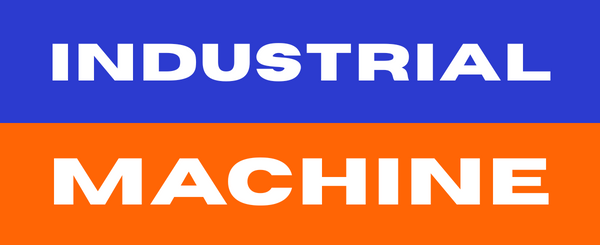Cartesian Robots for Industrial Automation and Precision Assembly
At Industrial-Machine.net, our collection of Cartesian robots—also known as gantry robots or linear robots—is designed for manufacturers seeking maximum precision, reliability, and repeatability. These robotic systems move along orthogonal X, Y, and Z axes, offering exceptional control for pick-and-place operations, CNC loading, 3D printing, assembly lines, and automated inspection systems.
Cartesian robots are a cornerstone of modern industrial automation, providing scalable, modular, and easy-to-program motion solutions for sectors including electronics, packaging, automotive, pharmaceuticals, and aerospace.
What Is a Cartesian Robot?
A Cartesian robot is an industrial robot system that operates along three linear axes (X, Y, and Z) to perform automated tasks with extreme accuracy. Built on rigid aluminum or steel structures, these robots offer excellent positional accuracy and payload stability, making them ideal for repetitive, high-speed tasks.
Unlike articulated or SCARA robots, Cartesian robots are simpler to program, easier to maintain, and provide superior linear precision, making them a cost-efficient choice for custom automation setups.
Key Advantages of Cartesian Robots
1. High Precision and Repeatability
Cartesian robots deliver sub-millimeter accuracy, ideal for industries requiring tight tolerances such as electronics or semiconductor assembly. Their rigid mechanical structure ensures repeatable positioning even after continuous operation.
2. Flexible and Scalable Design
Each axis can be customized or extended, allowing Cartesian robots to handle a wide range of payload sizes and working envelope dimensions. This flexibility makes them suitable for both small-scale lab automation and large industrial installations.
3. Simplified Programming and Maintenance
Thanks to linear motion control systems and intuitive programming interfaces, Cartesian robots are easier to integrate than multi-axis robotic arms. Maintenance is minimal, reducing downtime and total cost of ownership.
4. Cost-Effective Automation
Compared to articulated robots, Cartesian systems offer lower upfront costs, simplified setup, and fewer moving parts, resulting in a higher ROI for businesses upgrading to automation.
5. Versatile Applications
From precision dispensing and welding automation to pick-and-place packaging, Cartesian robots adapt easily to different end-effectors, sensors, and control systems.
Applications of Cartesian Robots
-
Pick-and-place operations for manufacturing lines
-
Material handling and palletizing in logistics
-
3D printing and additive manufacturing
-
CNC machine loading/unloading
-
Automated dispensing, welding, and inspection tasks
-
Laboratory automation and biotech sample handling
Each robot in our collection is optimized for linear motion accuracy, load stability, and high-speed automation—with models supporting both single-axis and multi-axis configurations.
Choosing the Right Cartesian Robot
When selecting a Cartesian robot, consider:
-
Working envelope (X-Y-Z range)
-
Payload capacity and rigidity
-
Motion control precision
-
Speed and acceleration requirements
-
Integration with PLC or CNC systems
Our team at Industrial-Machine.net helps you match the right Cartesian robot system to your workflow, ensuring compatibility with your industrial automation software, vision systems, and end-of-arm tooling (EOAT).
Why Buy Cartesian Robots from Industrial-Machine.net
-
Expert-curated selection from top industrial automation brands
-
Competitive pricing with detailed product specifications
-
Fast shipping and global delivery
-
Dedicated technical support for setup and integration
-
OEM and custom solutions for unique industrial applications
We supply everything from compact benchtop linear robots to large-scale gantry systems, giving your production line the precision, speed, and reliability it needs to stay competitive.
Frequently Asked Questions (FAQ)
What industries use Cartesian robots most?
Cartesian robots are heavily used in manufacturing, packaging, electronics, and laboratory automation, where precision linear motion and repeatability are essential.
What is the difference between Cartesian and SCARA robots?
A Cartesian robot moves in straight lines along three axes, providing excellent accuracy for linear tasks. A SCARA robot operates in a circular motion, ideal for fast, limited-range assembly applications.
Can I integrate Cartesian robots with existing automation systems?
Yes. Cartesian robots can be easily integrated with PLC systems, vision sensors, and custom control software, making them ideal for retrofitting existing production lines.
How long do Cartesian robots last?
With proper maintenance, industrial-grade Cartesian robots typically last 10–15 years or more, depending on usage intensity and environmental conditions.
Do Cartesian robots require programming knowledge?
Most modern Cartesian systems come with user-friendly motion controllers and graphical interfaces, reducing the need for deep programming skills. Integration support is also available from our team.
Enhance your industrial automation efficiency with precision-engineered Cartesian robots from Industrial-Machine.net — your trusted partner in linear motion technology.


